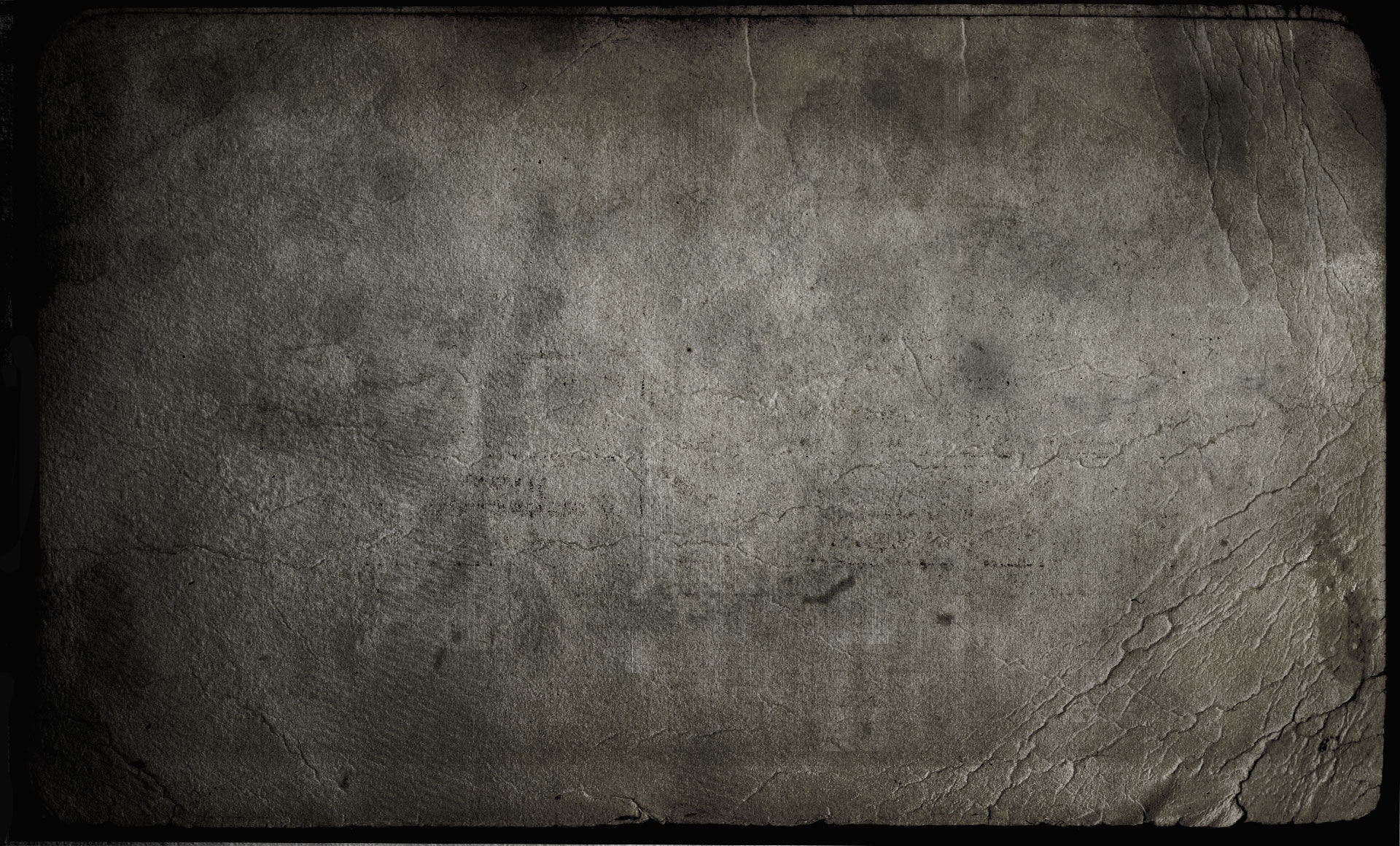AXESS/MAXXESS: Contact (2004)
- Sylvain Lupari

- Dec 20, 2006
- 3 min read
Updated: Dec 15, 2021
“Contact is an album resolutely more rock, than progressive and/or electronic”

1 Tsunami 10:10
2 Contact 8:38
3 Indian Skies 7:35
4 Close Encounter 5:59
5 Exile 6:46
6 Behind the Mirror 24:13
(CD/DDL 63:18) (V.F.)
(Electronic Prog Rock)
Axess & Maxess is the meeting of two virtuosos; Axel Stupplich from Pyramid Peak on synthesizers and Max Schiefele an outstanding guitarist who also manipulates the Native synth. The result is an uneven mix between electronic music (EM) and rock guitar which dominates with solos in a universe where the synths and sequencers orchestrate electronic structures without borders.
From the depths of an atmospheric abyss with brilliant sound effects, a heavy humming wakes Tsunami from its torpor. A jerky linear sequencer line, circular pulses and percussions shake up a movement that comes alive a little more with each chorus with Maxxess' guitar biting into the harmony in full force. Tsunami takes advantage of a short atmospheric phase before resuming the rhythmic route on heavier riffs, nimble and incisive solos that stretch out over a sustained rhythm sequence and amazingly accurate percussions. The title-track starts off gently. Arpeggios coming from afar trace a route for a choreography undulating under soft rodeos to which is grafted the fragile harmonies of an acoustic six-strings. The movement is as melodious as ethereal with an electric guitar that places its solos on this line of sequenced arpeggios. The sequence waddles along up until a big riff disrupts the movement. It's the explosion! The riffs and the percussions hammer the ambiences of the mellotron synth. The rhythm becomes corrosive with a furious acoustic guitar which harnesses a movement wiggling under a cloud of violent riffs and aggressive solos. Contact is a heavy track with superb arrangements where violin from the synths subtly frame the wildness of Maxxess. The reverberations of a falling chord structure an echo that overlaps synth pad having a harmonically fate. The sequencer unleashes a leaping key with a stealthily pace. A second line gets in, creating these electronic rhythms which jump while jolting. Quietly Indian Skies takes shape on a minimalist rhythm, shaken by other good percussions and animated by solos of a harmonious guitar. The sequence accelerates on a galloping rhythm, chased by a threatening six-strings. And like the first 2 tracks of CONTACT, an explosion of rhythm gets rid of the half-time to become heavier while being harpooned by aggressive solos of Max Schiefele and beaten by percussions in rock mode.
And this concept of atmospheric intro, slow processions and segmented rhythms that evolve with heaviness and fury is repeated on Close Encounter and Exile; two tracks of unbelievable ardor. It's not until Behind the Mirror that we really get a fair mix of EM and progressive music with a heavy metal smell. Like all the other introductions, this one is atmospheric and mainly supported by layers of vaporous fog and sharped curved lines. Just as atmospheric, and on a very Floydian sound, the guitar spouts plaintive and nostalgic solos on superb stagnant layers with celestial harmonies. An undulating sequence, supported by a good bass with curly effects, initiates a very Berlin School movement with small arpeggios that waddle in harmony with the impulse. Around the 7th minute, the riffs, both electronic and electric, burst in a perfect symbiosis. We are at the embryo of a superb sequencer movement with hypnotic and pounding percussions to smoky reverberations as well as ethereal choirs on a fluid movement with intermittent metallic pulsations, a reminder of the union of the riffs. An intense musical monument that loses some speed and impact in the middle with a waddling movement that fades on the atmospheric breezes where the choirs and the wind blow. The sequencer reforms its rhythm loop with a changing tone on unbridled percussions and heavy pulses that a synthesized layer envelops before the guitar explodes with fury. A superb track which is the result of a perfect symbiosis.
CONTACT is an album resolutely more rock, than progressive and/or electronic. Apart from Tsunami and Behind the Mirror, as well as the introductions, the guitar predominates with its solos and its aggressive riffs. I liked it, as I would have appreciated a little more synths. It seems to me that the strident solos of Axess would have competed well with those of Maxxess. On the other hand, the sequencers, sound effects, percussions, and arrangements are very good. In fact, I guess that was Axel Stupplich's vision to let all the room to the guitar. Who knows?! At the end of the day, it remains a very good album that contains too many little gems to ignore it. It's for lovers of rock and of guitars on sequences à la Berlin School. Different but good!
Sylvain Lupari (December 20th, 2006) ***½**
Available at maxxess. de




Comments